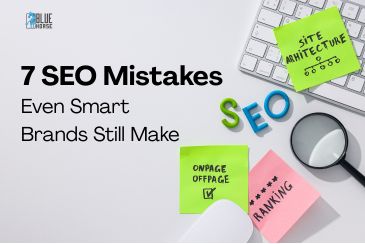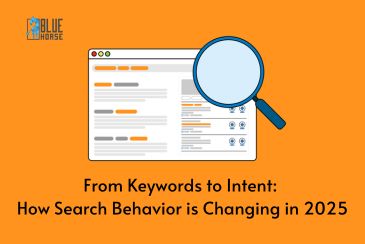Boost Your Magento Store's SEO - Essential Tips for Better Visibility
In the competitive world of eCommerce, having a Magento store with top-notch products isn’t enough. To attract the right customers and drive sales, your store needs to be easily discoverable online. That’s where Search Engine Optimization (SEO) comes into play. By implementing the right SEO strategies, you can significantly improve your store’s visibility in search engine results, attract more organic traffic, and ultimately, increase your sales. In this blog, we’ll cover some essential SEO practices that every Magento store owner should follow.
1. Use SEO-Friendly URLs
The URLs of your Magento store’s pages play a crucial role in how search engines and users perceive your content. An SEO-friendly URL is clean, descriptive, and includes relevant keywords. For example, a URL like www.yourstore.com/product-category/shoes is far better than www.yourstore.com/index.php?id_product=123. The former is easier to read, understand, and remember, which not only improves user experience but also enhances your store's SEO. Search engines use the words in your URL to determine what the page is about, so including keywords that reflect the content of the page can boost your rankings.
Tip: Always use hyphens to separate words in your URLs and avoid using special characters or numbers.
2. Optimize Product Descriptions
Product descriptions are more than just text that explains what a product is. They are an opportunity to include keywords that your target customers are searching for. Unique, well-crafted, and keyword-rich product descriptions can improve the relevance of your pages in search engine results. Avoid using manufacturer descriptions or copying content from other websites, as duplicate content can negatively impact your SEO.
Tip: Write product descriptions that are not only informative but also compelling, focusing on the benefits of the product and how it meets the customer’s needs.
3. Implement Schema Markup
Schema markup is a form of microdata that you can add to your Magento store’s HTML to help search engines better understand the content of your pages. By implementing schema markup, you can enhance the way your page appears in search engine results with rich snippets, which can include product ratings, prices, availability, and more. This can make your listing stand out from the competition and increase your click-through rates.
Tip: Use schema markup for products, reviews, and breadcrumbs to provide search engines with detailed information about your content.
4. Optimize Meta Tags
Meta tags are critical components of your SEO strategy. The title tag, meta description, and headers should all include relevant keywords that describe the content of your page. The title tag is what appears as the clickable link in search engine results, so it’s essential to make it compelling and keyword-rich. The meta description should summarize the content of the page and entice users to click through to your site. Headers (H1, H2, H3, etc.) help structure your content and make it easier for both users and search engines to understand.
Tip: Keep title tags under 60 characters and meta descriptions under 160 characters to ensure they display properly in search results.
5. Create an XML Sitemap
An XML sitemap is a file that lists all the pages on your website, helping search engines index your site more effectively. By submitting an XML sitemap to search engines, you ensure that all your pages are crawled and indexed, which is crucial for improving your store’s visibility. It’s especially important for large websites with complex structures, as it helps search engines discover and rank your pages faster.
Tip: Regularly update your XML sitemap whenever you add new pages or make significant changes to your site.
6. Alt Text for Images
Images are a vital part of any eCommerce store, but they can also be a powerful SEO tool. By using descriptive alt text for your images, you not only make your site more accessible to users with disabilities but also provide search engines with additional context about the content of your pages. Alt text helps search engines index your images and can improve your rankings in image search results.
Tip: Write concise and relevant alt text that accurately describes the content of each image, including relevant keywords where appropriate.
Conclusion
Improving your Magento store’s SEO is not a one-time task but an ongoing process that requires regular updates and optimizations. By focusing on these essential practices—using SEO-friendly URLs, optimizing product descriptions, implementing schema markup, optimizing meta tags, creating an XML sitemap, and adding descriptive alt text for images—you can enhance your store’s visibility in search engine results, attract more organic traffic, and ultimately increase your sales. Start implementing these strategies today to give your Magento store the competitive edge it needs in the crowded eCommerce marketplace.





















Comments